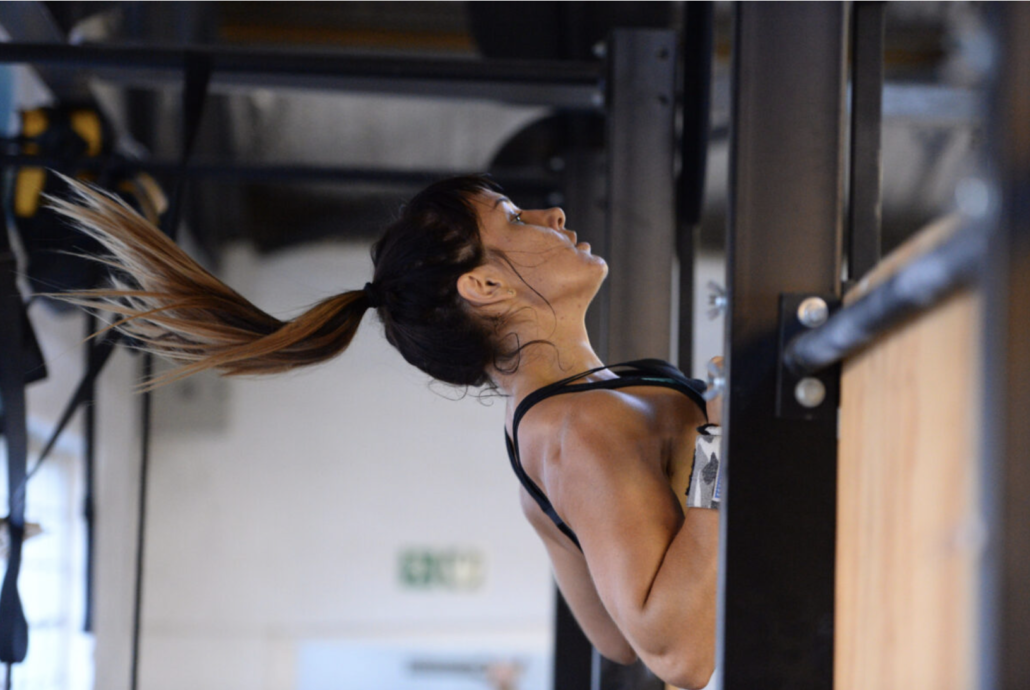
Hydration is crucial for maintaining overall health and well-being. Water plays a vital role in various bodily functions, including:
- Temperature Regulation: Sweating and breathing are essential mechanisms for regulating body temperature, and both processes require adequate water intake.
- Nutrient Transportation: Water helps transport nutrients throughout the body, ensuring cells receive the necessary elements for proper function.
- Joint Lubrication: Proper hydration helps maintain the lubrication of joints, reducing the risk of injuries and promoting joint flexibility.
- Digestive Function: Water is essential for digestion, absorption, and transportation of nutrients. It also helps prevent constipation.
- Cognitive Function: Dehydration can impair concentration, alertness, and short-term memory, emphasising the importance of staying hydrated for optimal cognitive performance.
The amount of water a person should drink varies based on factors such as age, sex, weight, physical activity level, and climate. A common recommendation is the “8×8 rule,” which suggests drinking eight 8-ounce glasses of water a day, totaling about 2 litres or half a gallon. However, individual needs may differ, and some people may require more or less water.

A more personalised approach involves considering factors like thirst, urine colour (pale yellow is generally a good indicator of hydration), and specific lifestyle considerations. It’s essential to listen to your body and adjust your water intake accordingly. Additionally, individuals engaged in intense physical activity such as CrossFit or a high level of activity during the day may need to increase their water intake to compensate for increased fluid loss through sweat. If you want to check your hydration levels you’re welcome to book a consultation with us. We use the next level technology InBody scanner that allows us to see the water content in the body amongst other values. Follow this link and get an appointment with us.


